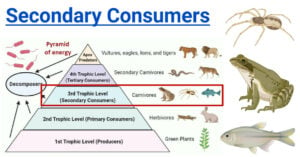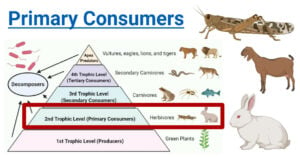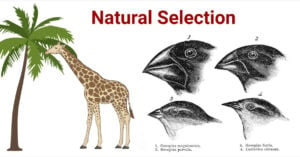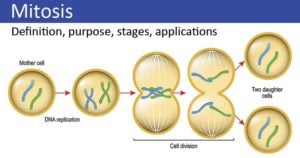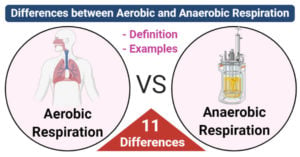Understanding Secondary Consumers: Roles & Examples
Secondary consumers are a distinct group of consumers within the trophic system positioned at the third trophic level. They get their energy by consuming primary consumers. They use the energy … Read more

